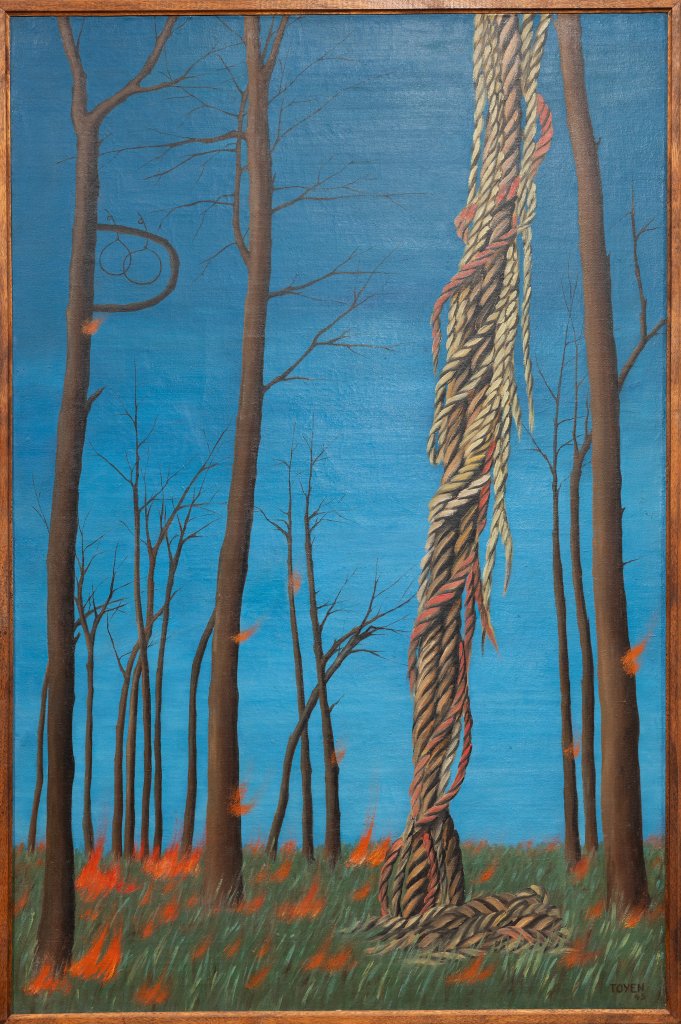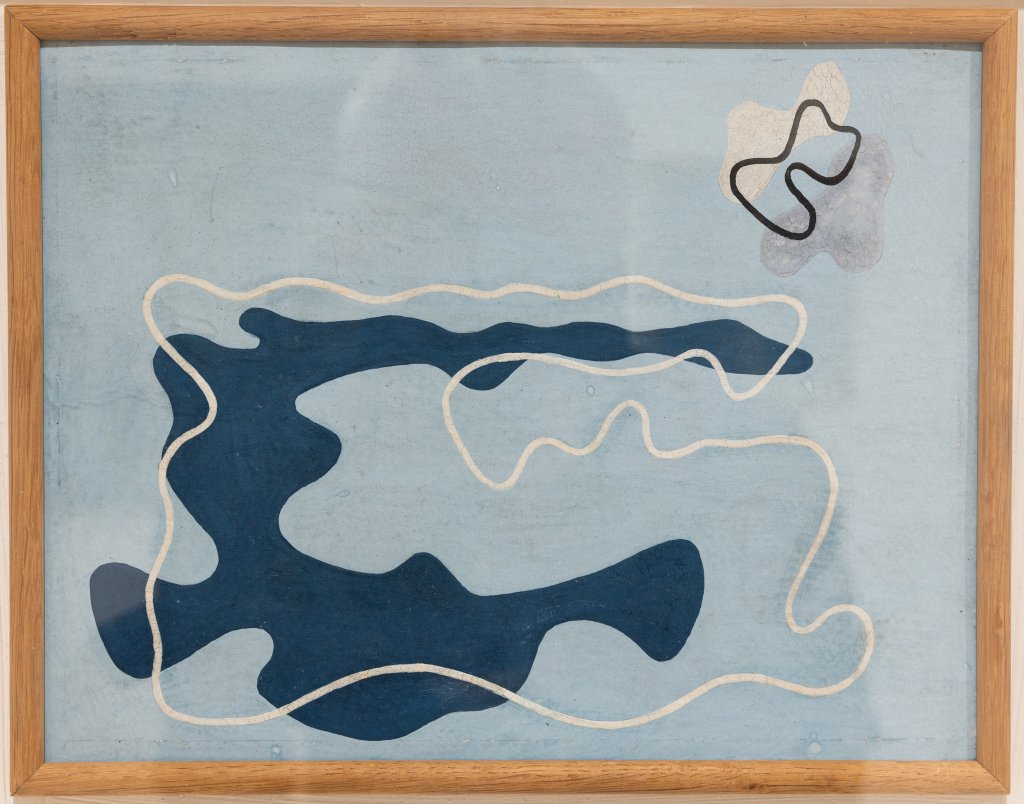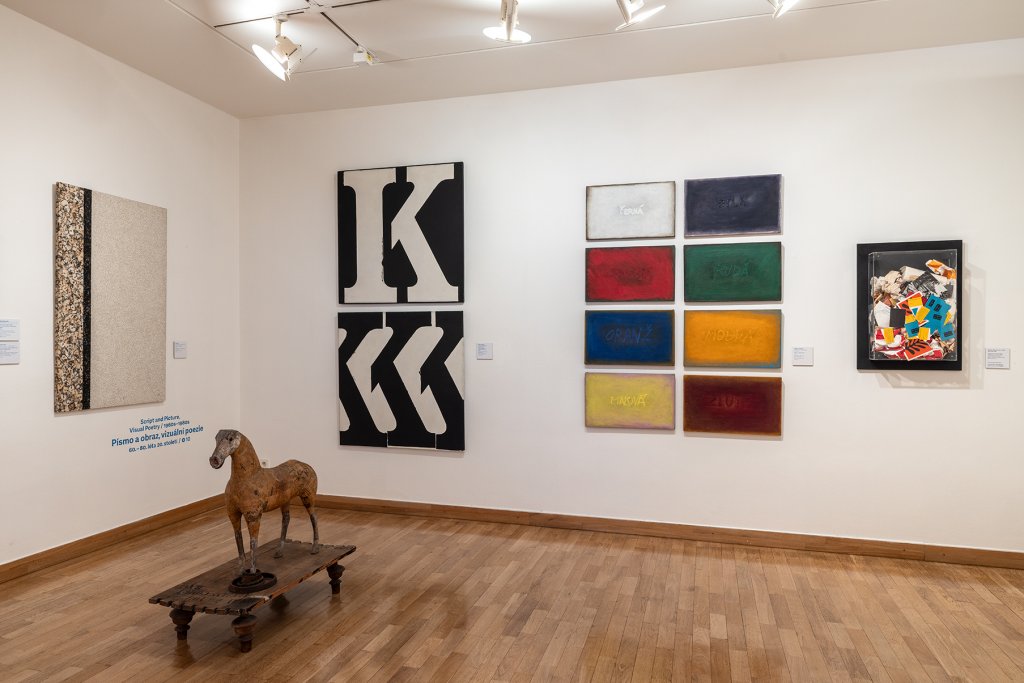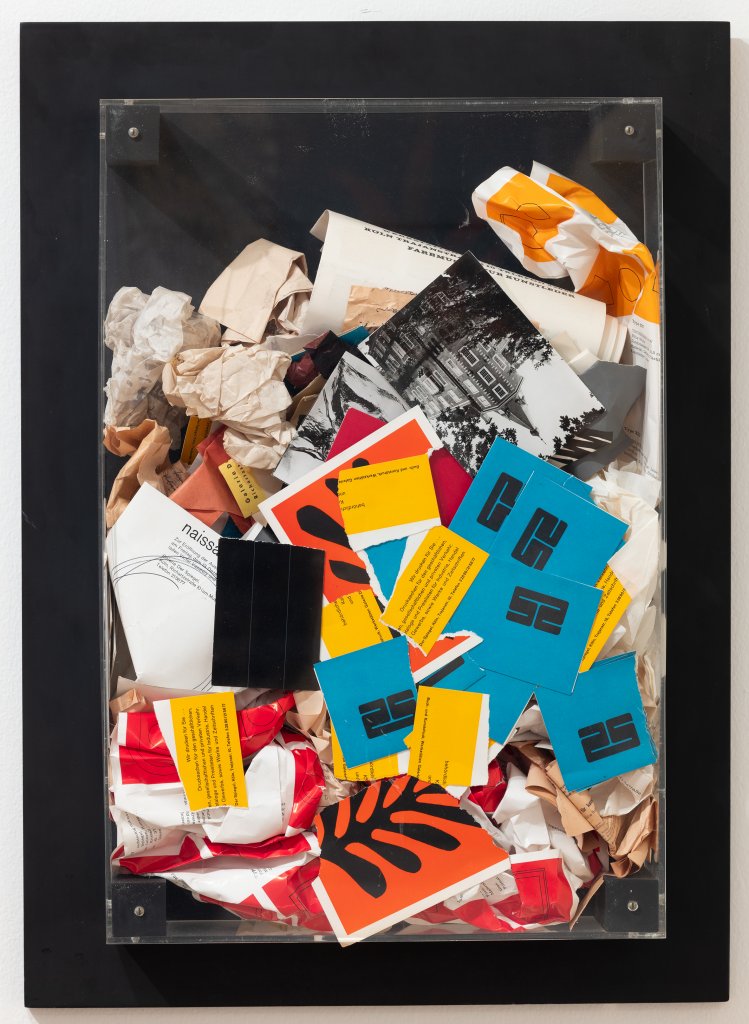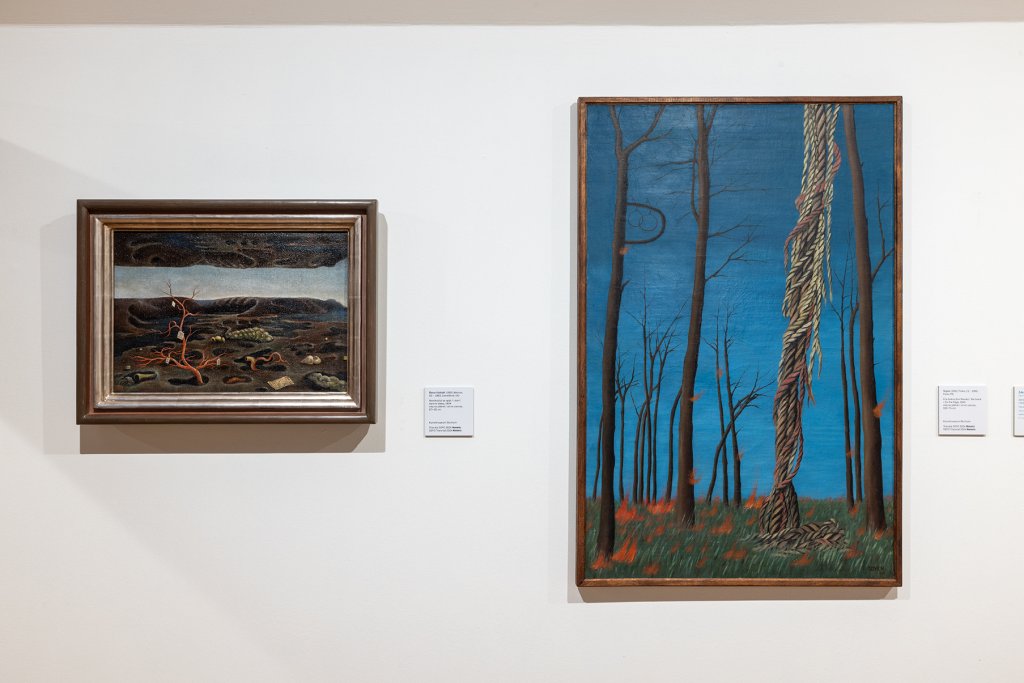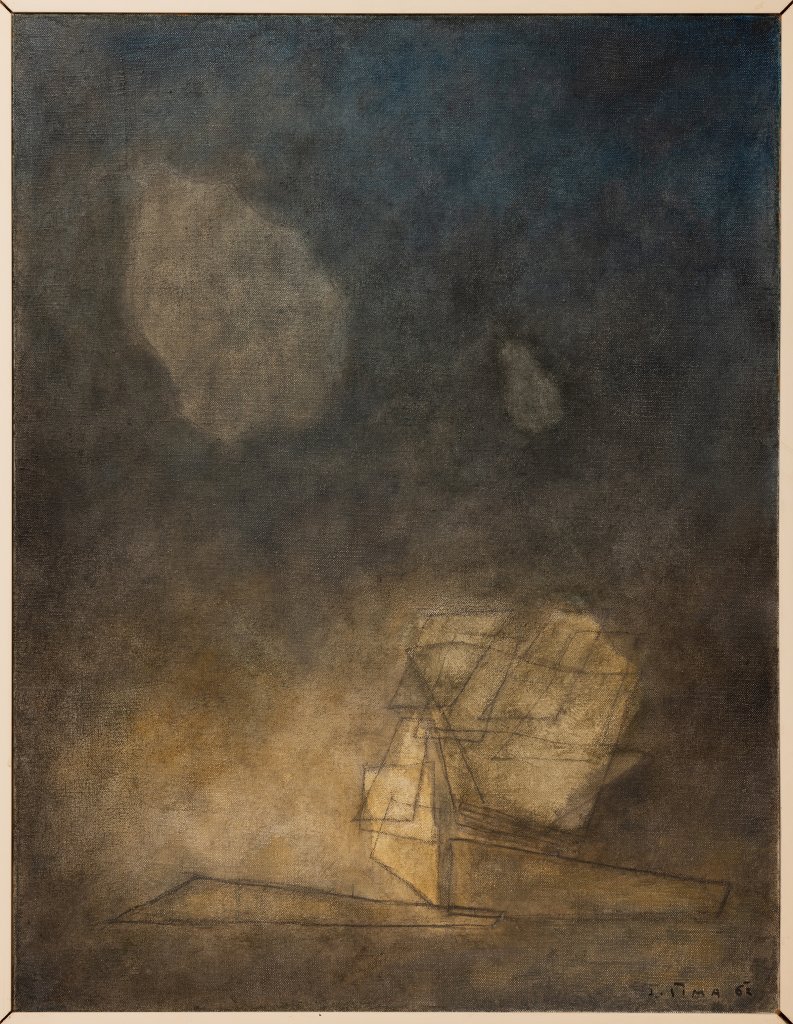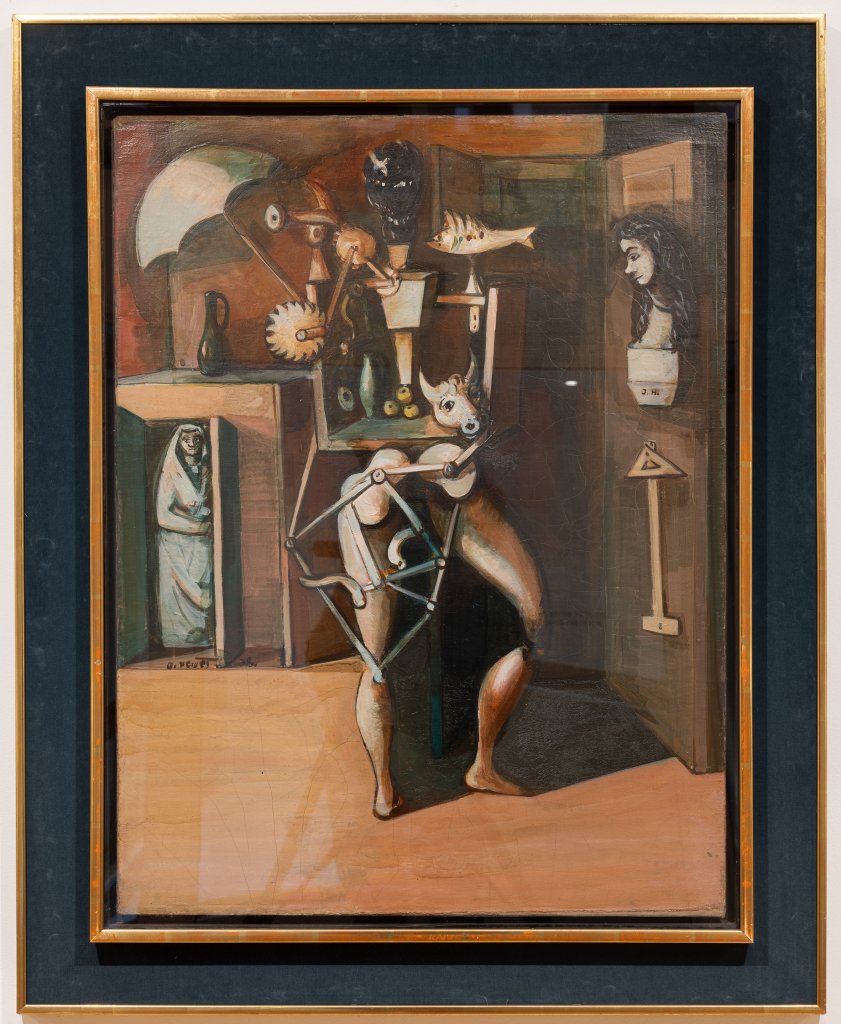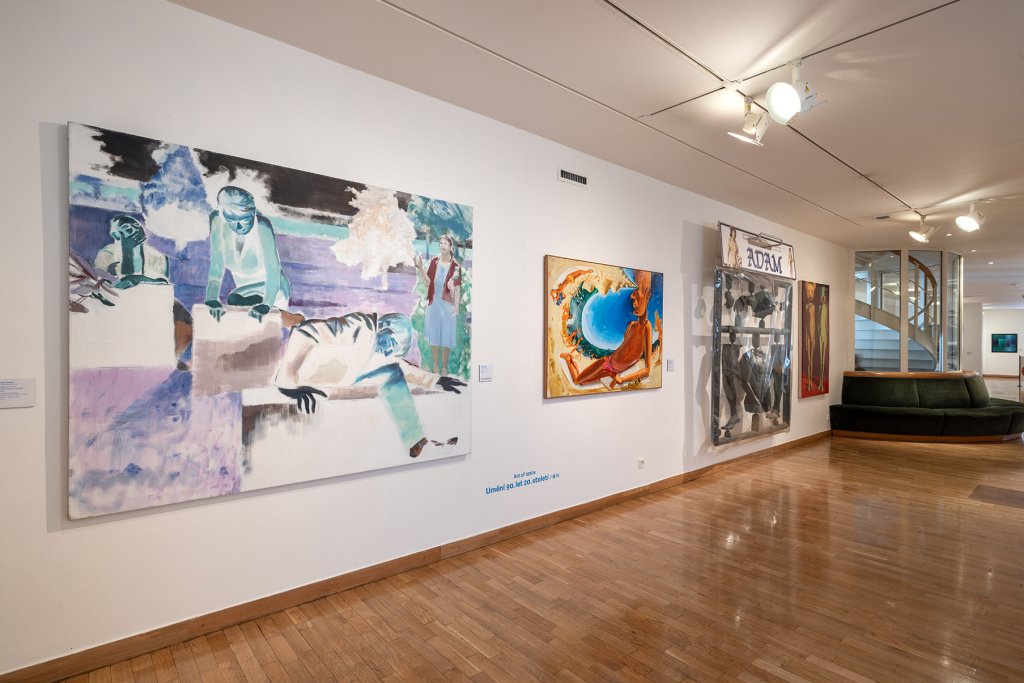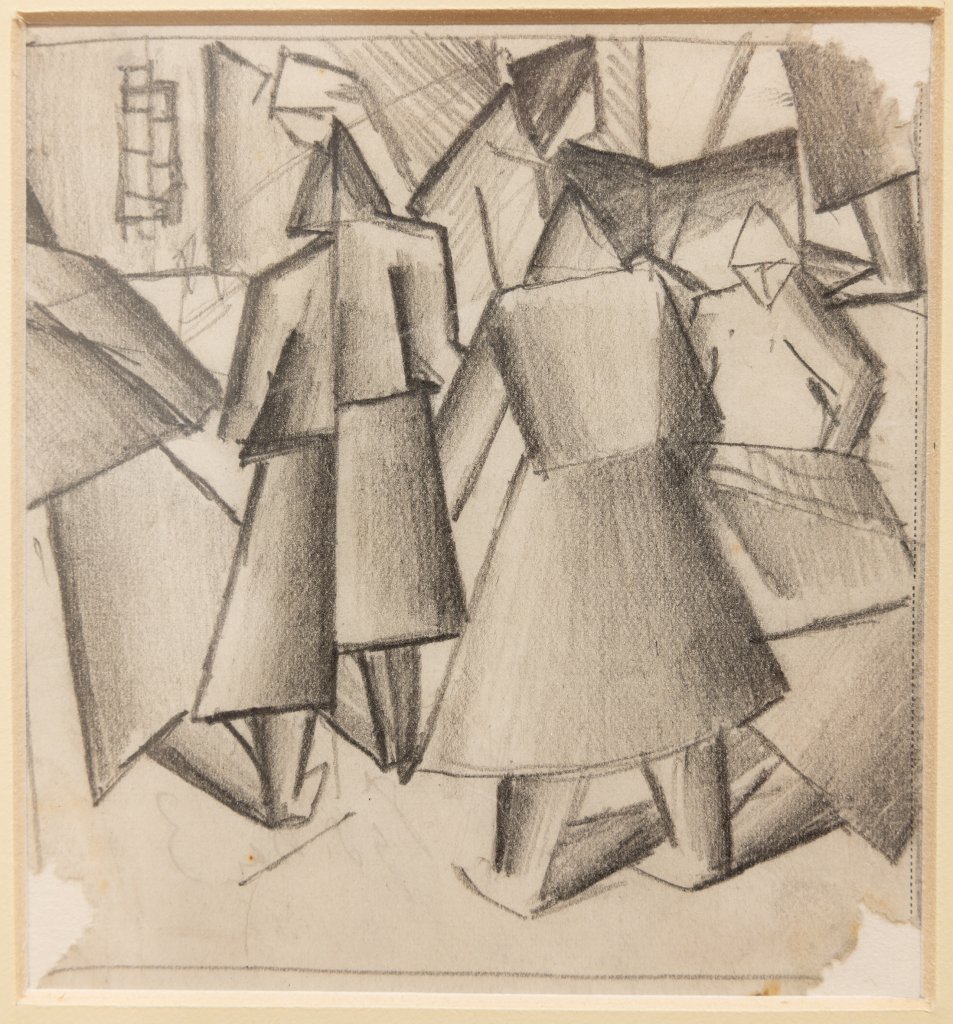GHETTO CENTRAL EUROPE: THE GRAVITY OF CONTEXT

Between 1972 and 1996, the Kunstmuseum in Bochum, West Germany, became an unlikely centre of Czech, Czechoslovak, and even Central European culture. The director of the institution at the time, Petr Spielmann, an art historian from a well-known Jewish Czech-German family, an emigrant by fate, a European by nature, was responsible for this. Spielmann first worked here as a curator and began to actively think about the concept of the institution, which is regional, in the true sense of the word community, yet has a global reach, under the leadership of his predecessor Peter Leo. The culmination of his efforts was the founding of the Kemnade International ‘festival of foreigners’ (1974) and the opening of the new museum building (1983), whose architects were the famous Danish Louisiana architects Vilhelm Wohlert and Jørgen Bo. The flowing space, which is not divided into exterior and interior, public and private, naturally incorporates places of study and contemplation, a library with a study room (its design, incidentally, was developed by another Central European, Terry Haass), the Forum social hall and places of active entertainment, a space that is inherently understood as creative, a legend in its own right. The collection that Spielmann and his colleagues have created here is now receiving a critical appraisal.
As was the case with the first edition of the SEFO Triennial (2021), it now includes a historical probe that gives contemporary progressive work a solid foundation. And it is also the impetus for the launch of a new research and educational project that the Olomouc Museum of Art will tackle in the coming years, in preparation for the opening of the new exhibition building of the Central European Forum, designed by Jan Šépka. CEAD: New Media Museums is thus succeeded by a reflection on institutional policy and collection practice. Spielmann’s conception of Central Europe as an integral part of the European cultural tradition, the understanding of the artwork as the final ‘monument’ and the desire to develop the museum institution as an open platform, as a public space, is a stimulus for SEFO to rethink its own position and social role.
Between 1972 and 1996, the Kunstmuseum in Bochum, West Germany, became an unlikely centre of Czech, Czechoslovak, and even Central European culture. The director of the institution at the time, Petr Spielmann, an art historian from a well-known Jewish Czech-German family, an emigrant by fate, a European by nature, was responsible for this. Spielmann first worked here as a curator and began to actively think about the concept of the institution, which is regional, in the true sense of the word community, yet has a global reach, under the leadership of his predecessor Peter Leo. The culmination of his efforts was the founding of the Kemnade International ‘festival of foreigners’ (1974) and the opening of the new museum building (1983), whose architects were the famous Danish Louisiana architects Vilhelm Wohlert and Jørgen Bo. The flowing space, which is not divided into exterior and interior, public and private, naturally incorporates places of study and contemplation, a library with a study room (its design, incidentally, was developed by another Central European, Terry Haass), the Forum social hall and places of active entertainment, a space that is inherently understood as creative, a legend in its own right. The collection that Spielmann and his colleagues have created here is now receiving a critical appraisal.
As was the case with the first edition of the SEFO Triennial (2021), it now includes a historical probe that gives contemporary progressive work a solid foundation. And it is also the impetus for the launch of a new research and educational project that the Olomouc Museum of Art will tackle in the coming years, in preparation for the opening of the new exhibition building of the Central European Forum, designed by Jan Šépka. CEAD: New Media Museums is thus succeeded by a reflection on institutional policy and collection practice. Spielmann’s conception of Central Europe as an integral part of the European cultural tradition, the understanding of the artwork as the final ‘monument’ and the desire to develop the museum institution as an open platform, as a public space, is a stimulus for SEFO to rethink its own position and social role.
TICKETS
GHETTO CENTRAL EUROPE
MOMENTS. TRIENNIAL SEFO 2024
MUSEUM OF MODERN ART
+ ARCHDIOCESAN MUSEUM
TICKETS
GHETTO CENTRAL EUROPE
MOMENTS. TRIENNIAL SEFO 2024
MUSEUM OF MODERN ART
+ ARCHDIOCESAN MUSEUM
SEFO SPECIAL GUEST: KUNSTMUSEUM BOCHUM
The Kunstmuseum Bochum is thus becoming a key partner for SEFO, which will be reflected, among other things, in the work with the permanent exhibitions of both museums. Within the framework of the SEFO 2024 Triennial, the Olomouc Century of Relativity is substantially transformed – as a different monument of itself. Its activation is due to the inclusion of works by Josef and Anni Albers, Joseph Beyus, Terry Haass, Cornelius Kolig, Herbert Kaufmann, Kazimir Malevich, Louis Nevelson, Serge Poliakoff or Wladyslaw Strzeminski, among others. In addition, Toyen, Josef Šíma, Jiří Hilmar or Terry Haass is returning home.
UNIVERSUM SPIELMANN: PETR SPIELMANN ON THE ROAD BETWEEN BRNO AND BOCHUM
The reinstallation is accompanied by an archival exhibition accompanied by a pair of original film productions, which situates central European art in the context of Spielmann’s philosophy. Through it, we enter the ‘scene of the crime’, Spielmann’s study, his imaginary head, and meet his family, including Oskar and Paul Spielmann, his lifelong friends and role models, including Jan Amos Komenský, Karel Čapek and Tomáš Garrigue Masaryk. We become emigrants by choice; our life is a Perec’s puzzle, each piece of which represents a small fortune.
Institution as monument, personality as monument, work as monument – is this the right time to rethink any (or all) of them? Can they inspire us in any way? Or else: Can we do without them?
PETR SPIELMANN
(11 10 1932-29 11 2020)
Art historian, ethnologist, passionate musicologist and collector Petr Spielmann was born in Ústí nad Labem into a cultured German-Jewish family. His father Paul Spielmann was a prominent architect, his uncle Oskar a painter and his great-uncle Otto an actor. After studying art history at Masaryk University in Brno, he worked as the head of the picture gallery of the Brno City Museum and then as a curator at the National Gallery in Prague from 1959 to 1969. In 1969 he accepted an invitation to the Städtische Kunstgalerie Bochum, where he worked first as a lecturer and later as curator of the newly established Central European collection. In 1972 he became its director. His work was awarded, among other things, he received a state decoration of the Federal Republic of Germany. From 1975 to 1997 he was a lecturer at universities in Dortmund and Bochum. After his retirement in 1997, he settled in Brno, where he worked at the Faculty of Fine Arts of the Brno University of Technology, from 2004 to 2006 as its dean.
Not only during his time in Bochum, Petr Spielmann prepared a number of key exhibitions (Otto Gutfreund, Josef Šíma, Mikuláš Medek, Jan Koblasa, Zbyněk Sekal, Endre Nemes, Lev Nussberg and Dviženie, Cubism and Music, Jan Amos Komenský, Totentanz, etc.). In total, there were three hundred and fifty of them, in most cases accompanied by a catalogue. He was instrumental in founding Kemnade International, an international cultural festival for expats, emigrants and gastarbeiter (1974, still active today). He participated in the creation of the Opus Bonum association and the International Central European Cultural Association. As dean of the Faculty of Fine Arts of the Brno University of Technology, proposed the never realised idea of a Brno art quarter on Husova Street. Petr Spielmann was a visionary living a life ‘in the sign of context’, a complex personality, an emigrant and an intellectual. He was a European systematically opening the ghetto of Central Europe to the world, and vice versa.
Exhibited authors
ACKNOWLEDGEMENTS: Inge Spielmann, Hans Gunter Golinski, Ivo Habán, Sepp Hiekisch-Picard, Peter Kropp, Karl Heinz Schneiders, David Voda, Jana Vránová
CURATOR: Barbora Kundračíková
COOPERATION: Özlem Arslan, Štěpánka Bieleszová, Ladislav Daněk, Noor Mertens, Gina Renotiere, Julia Zajackowska
ACHITECTONICAL DESIGN: Barbora Bělunková, Peter Kropp
INSTALLATION: Filip Šindelář, Daniel Opletal, Vlastimil Sedláček
CONSERVATION: Anna Píšt’ková, Toby Pospíšilů
GRAPHIC DESIGN: Publicum Design, Petr Šmalec
EDUCATION: David Hrbek, Denisa Tessenyi
PR: Lukáš Horák, Tomáš Kasal
ACKNOWLEDGEMENTS: Inge Spielmann, Hans Gunter Golinski, Ivo Habán, Sepp Hiekisch-Picard, Peter Kropp, Karl Heinz Schneiders, David Voda, Jana Vránová
CURATOR: Barbora Kundračíková
COOPERATION: Özlem Arslan, Štěpánka Bieleszová, Ladislav Daněk, Noor Mertens, Gina Renotiere, Julia Zajackowska
ACHITECTONICAL DESIGN: Barbora Bělunková, Peter Kropp
INSTALLATION: Filip Šindelář, Daniel Opletal, Vlastimil Sedláček
CONSERVATION: Anna Píšt’ková, Toby Pospíšilů
GRAPHIC DESIGN: Publicum Design, Petr Šmalec
EDUCATION: David Hrbek, Denisa Tessenyi
PR: Lukáš Horák, Tomáš Kasal
SEFO triennial 2024 / Olomouc 1990-2020 project was created on the basis of institutional support for the long-term conceptual development of a research organization provided by the Ministry of Culture of the Czech Republic.
The publication was funded by the Programme for the Support of Applied Research in the Field of National and Cultural Identity for the Years 2023-2030 (NAKI III) of the Ministry of Culture of the Czech Republic within the project “Olomouc in 3D – a new dimension of the cultural heritage of the city: past, present, future” (DH23P03OVV018).
Supported by the Czech-German Future Fund.
SEFO triennial 2024 / Olomouc 1990-2020 project was created on the basis of institutional support for the long-term conceptual development of a research organization provided by the Ministry of Culture of the Czech Republic.
The publication was funded by the Programme for the Support of Applied Research in the Field of National and Cultural Identity for the Years 2023-2030 (NAKI III) of the Ministry of Culture of the Czech Republic within the project “Olomouc in 3D – a new dimension of the cultural heritage of the city: past, present, future” (DH23P03OVV018).
Supported by the Czech-German Future Fund.

